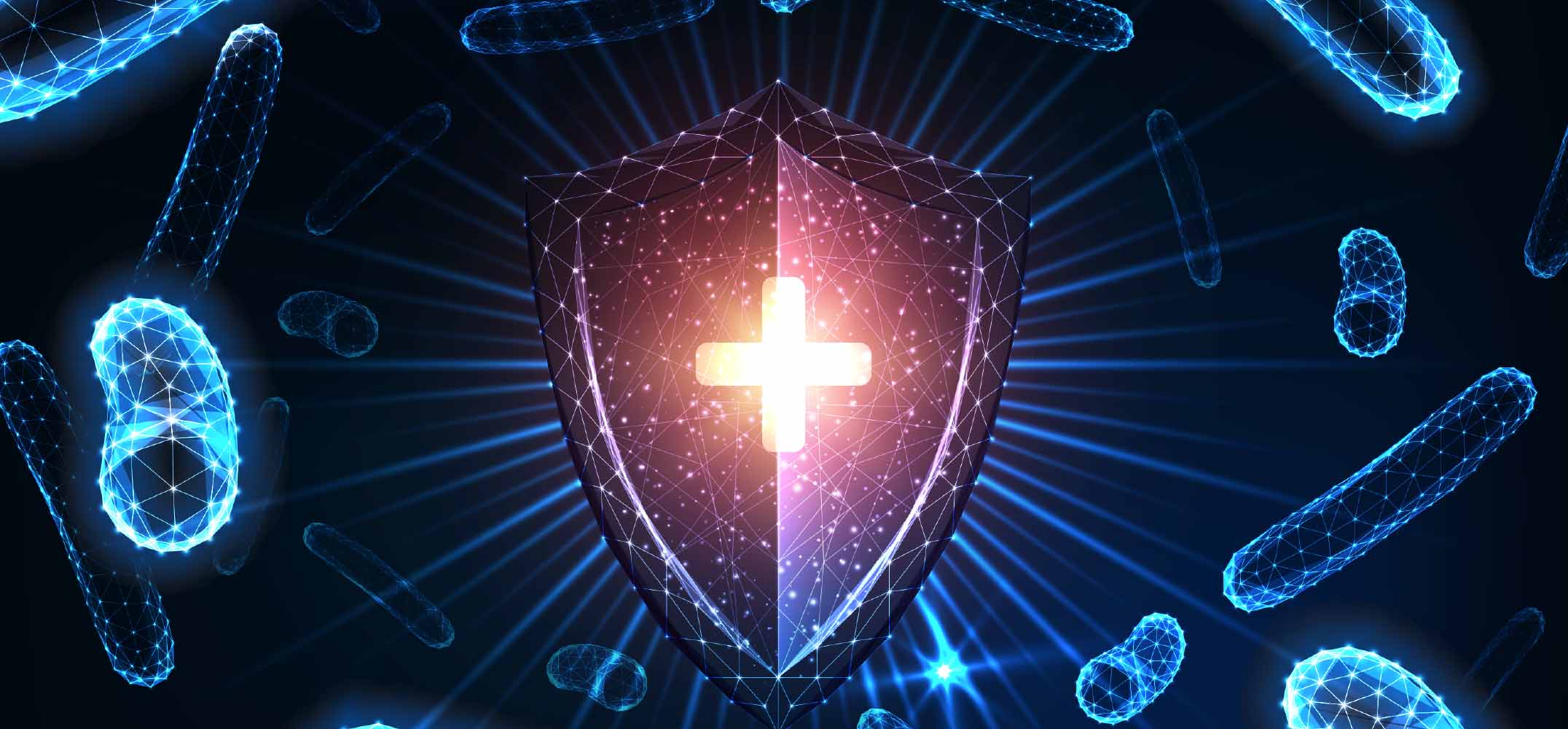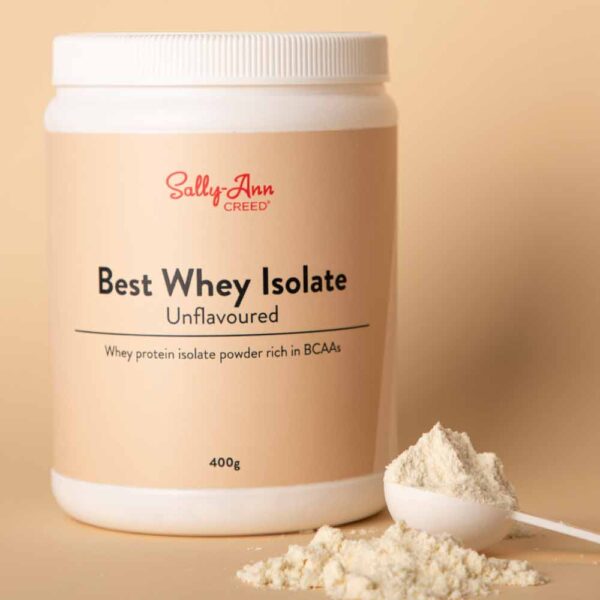The immune system has a vital role to play. It protects your body from harmful substances, germs and cell changes that could make you ill, and is made up of various organs, cells, and proteins. If your immune system is running smoothly, you don’t even notice that it’s there!
Without an immune system, we would have no way to fight harmful things that enter our body from the outside or harmful changes that occur inside our body. Some germs, like chickenpox, will only make you sick the first time you encounter them. Others come back often, causing our bodies to keep fighting them off. We’re looking at you, rhinovirus!! This is where our immune system comes in.
The main task of the body’s immune system is to fight disease-causing germs (pathogens) like bacteria, viruses, parasites, or fungi, and to remove them from the body. It also recognises and neutralises harmful substances from the environment, and fights disease-causing changes in the body, such as cancer cells.
The immune system is usually activated by things that the body doesn’t recognize as its own—antigens. Examples of antigens include the proteins on the surfaces of bacteria, fungi and viruses. When these antigens attach to special receptors on the immune system cells, a whole series of processes are triggered in the body. Once the body has met a disease-causing germ for the first time, it usually stores information about the germ and how to fight it. Then, if it comes into contact with the germ again, it recognizes the germ straight away and can start fighting it faster.
The body’s own cells have proteins on their surface, too. But those proteins don’t usually trigger the immune system to fight the cells. Sometimes the immune system mistakenly thinks that the body’s own cells are foreign cells. It then attacks healthy, harmless cells in the body. This is known as an autoimmune response.
There are two subsystems within the immune system, known as the innate (non-specific) immune system and the adaptive (specific) immune system. Both subsystems are closely linked and work together whenever a germ or harmful substance triggers an immune response.
The innate immune system provides a general defence against harmful germs and substances, so it’s also called the non-specific immune system. It mostly fights using immune cells such as natural killer cells and phagocytes (“eating cells”). The main job of the innate immune system is to fight harmful substances and germs that enter the body, for instance through the skin or digestive system.
The adaptive immune system makes antibodies and uses them to specifically fight certain germs that the body has previously come into contact with. This is also known as an “acquired” (learned) or specific immune response.
The immune system stands as the guardian of our health, defending our bodies against an array of threats. From the smallest invading pathogens to the insidious changes within, it stands ready to neutralize and eliminate anything that could harm us. The intricate interplay of organs, cells, and proteins orchestrates a symphony of defence mechanisms, ensuring our well-being even in the face of novel challenges. Through the innate and adaptive subsystems, it adapts and learns, building a repository of knowledge to confront future threats with swiftness and precision.
Without this complex and vigilant system, our bodies would be defenceless against the constant barrage of dangers from within and without.







